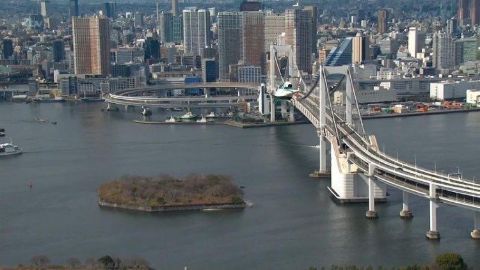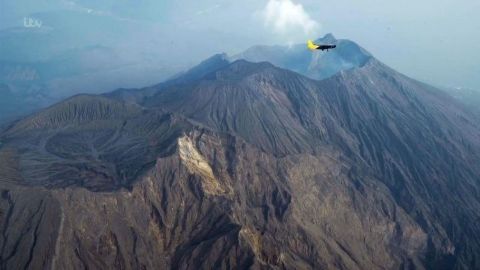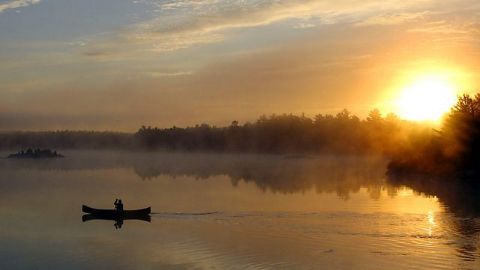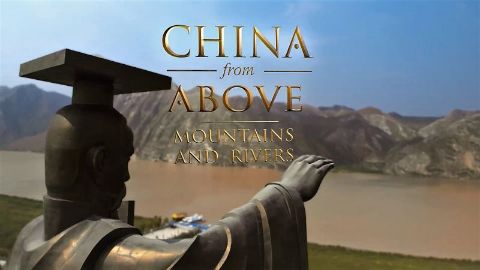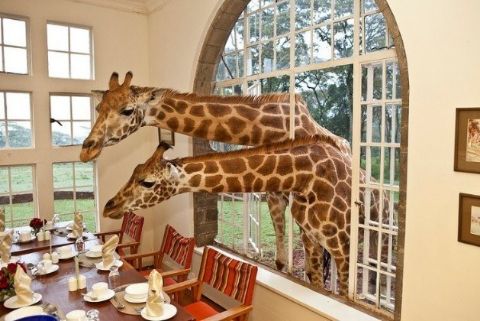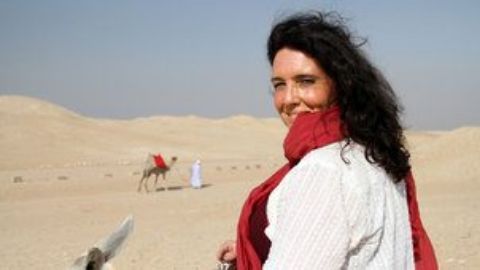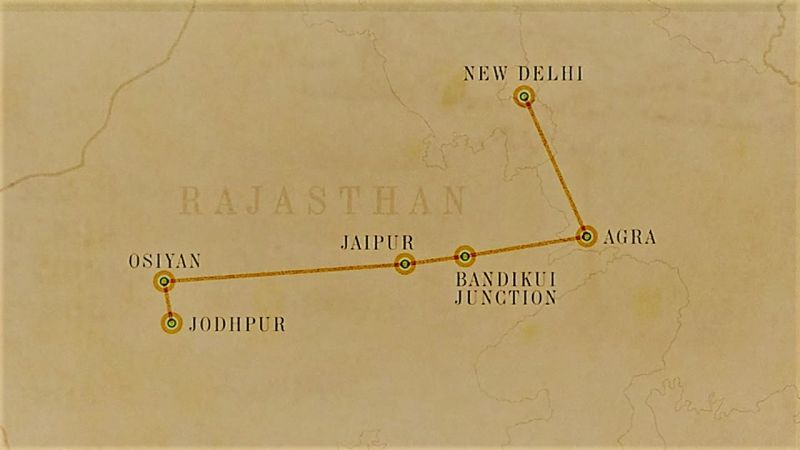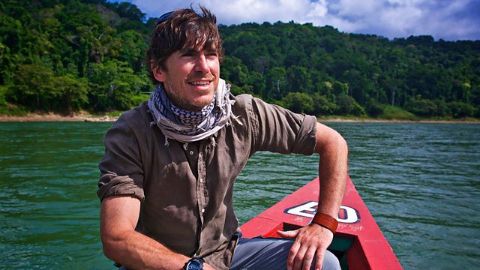Part 1 • 2016 • episode "Part 1" • Joanna Lumley's Japan
Joanna begins a 2,000-mile journey across Japan in Hokkaido, where she meets one of the most important animals in Japanese culture, the red-crowned crane. She arrives in Sapporo during the middle of the annual Snow Festival and meets members of the local indigenous community, before travelling into the Fukushima exclusion zone and taking a bullet train from Nagano to Tokyo.
Make a donation
Buy a brother a hot coffee? Or a cold beer?
Hope you're finding these documentaries fascinating and eye-opening. It's just me, working hard behind the scenes to bring you this enriching content.
Running and maintaining a website like this takes time and resources. That's why I'm reaching out to you. If you appreciate what I do and would like to support my efforts, would you consider "buying me a coffee"?
Donation addresses
BTC: bc1q8ldskxh4x9qnddhcrgcun8rtvddeldm2a07r2v
ETH: 0x5CCAAA1afc5c5D814129d99277dDb5A979672116
With your donation through , you can show your appreciation and help me keep this project going. Every contribution, no matter how small, makes a significant impact. It goes directly towards covering server costs.

